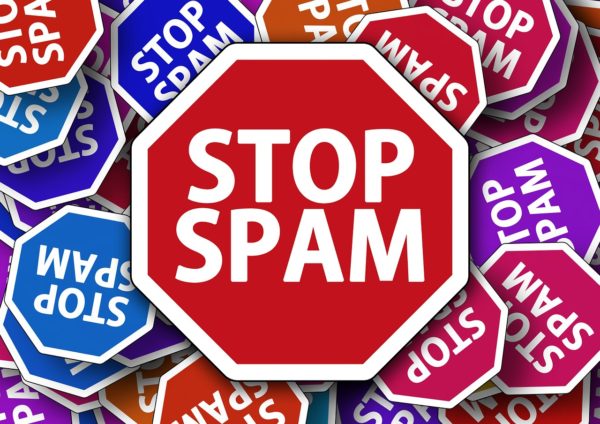What is SPAM?
SPAM is junk mail that you receive that you didn’t sign up for. The Merriam-Webster dictionary defines it as “unsolicited usually commercial messages (such as e-mails, text messages, or Internet postings) sent to a large number of recipients or posted in a large number of places“. And none of us are immune to it, unfortunately. We all get SPAM. According to Cisco’s TALOS website, an average 85% of email is spam. This is about 307 billion spam messages daily at the time of this writing[1]. That means that the vast majority of the average person’s inbox is junk mail.
Why Do They Do it?
The answer is money; plain and simple. Billions of advertisements are sent every day for a fraction of the costs associated with traditional, legitimate advertising methods. Ads reach a huge audience without the expense. Another reason is email address mining. These messages are sent out to a list of email addresses and if no bounce-back message comes back, the email address is logged as a valid recipient and added to a distribution list to then be used again or sold to another entity. Some SPAM messages also carry attachments with nasty payloads. Just in case it wasn’t clear before, DO NOT open these. Doing so could infect your computer and send information back to those responsible for sending the email.
What Can You Do?
Many countries consider this method of advertising to be illegal and some internet service providers will try to block it. But unfortunately, they can only do so much in this cat-and-mouse game. So what can you do to stop this? There are some steps you can have a go at to minimize this efficiency waster, with varying degrees of effectiveness.
The first and most obvious step is to be cautious about who and what you give your email address out to. Be careful about what you sign up for. Some of those newsletters are legitimate; some are not, and signing up will add yours to a spammer list which means that you can count on getting a lot more SPAM in the future.
If you are using Outlook to check your email, right-clicking an existing SPAM message and under Junk, choosing “Block Sender” will block that sender’s emails to you from then on. Also in Outlook, under Junk, Junk E-mail Options, you can choose to block by country, domain, etc. If you are using an email hosting site’s webmail client, though they vary from provider to provider, they usually have a junk/SPAM section that you can adjust to your SPAM filtering needs. Be careful about setting the SPAM detection sensitivity as you can make it perform too effectively and block valid messages as well as SPAM. Too far in the other direction and you’ll get more SPAM. Nothing beats playing with the settings until you get to that happy medium.
Lastly, there are third party SPAM filtering services that specialize in this field of SPAM prevention. The way they work is by positioning their services in between you and the email. They then filter out SPAM before it ever gets to you by comparing the messages against known junk mail signatures. This behaves almost like your anti-virus software computer and is designed to do the work for you, saving time and boosting efficiency. Another plus to using a third party service is that they typically give you more control over SPAM than Outlook or webmail clients tend to offer.
Here at SandStorm IT we offer a variant of this type of service and will work with you to get to that fine point in stopping SPAM dead in its tracks without losing legitimate correspondence. If receiving tons of junk mail sounds familiar and something that you have to constantly fight, give us a call at 901-475-2075 and let’s eliminate those annoying SPAM messages.
[1] https://www.talosintelligence.com/reputation_center/email_rep

